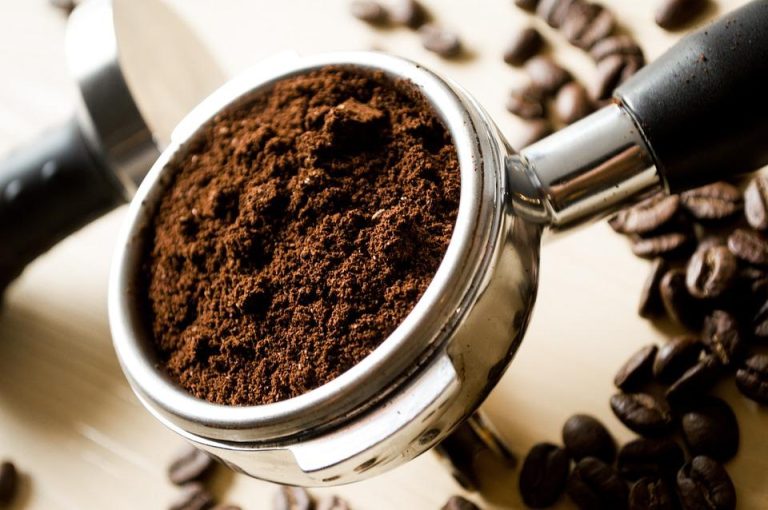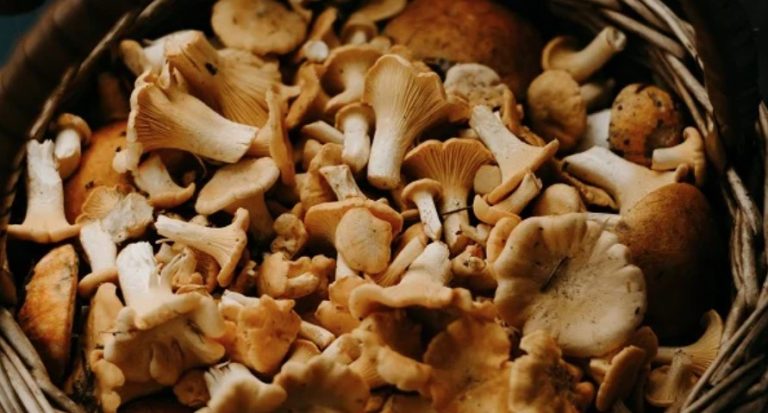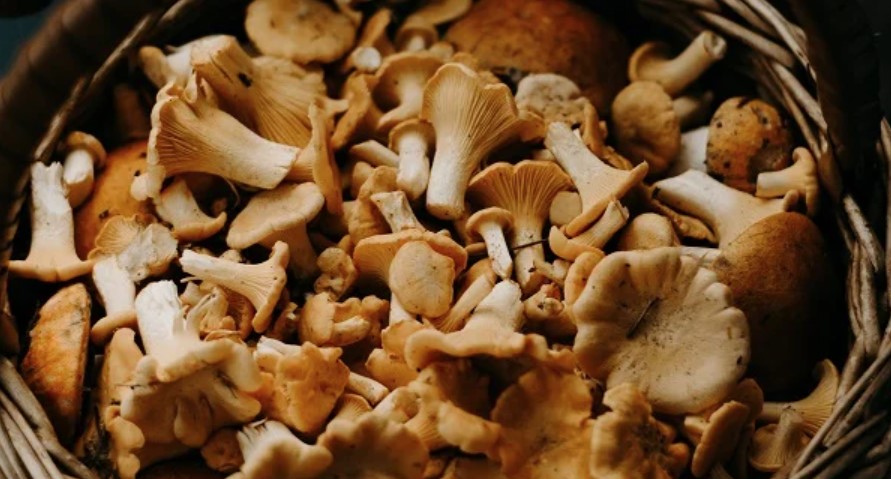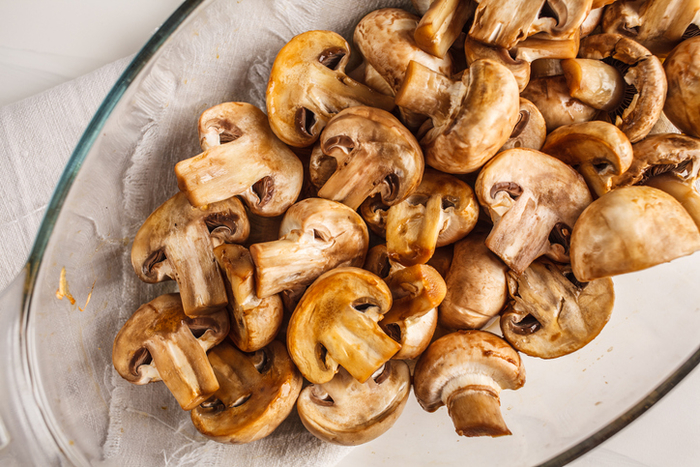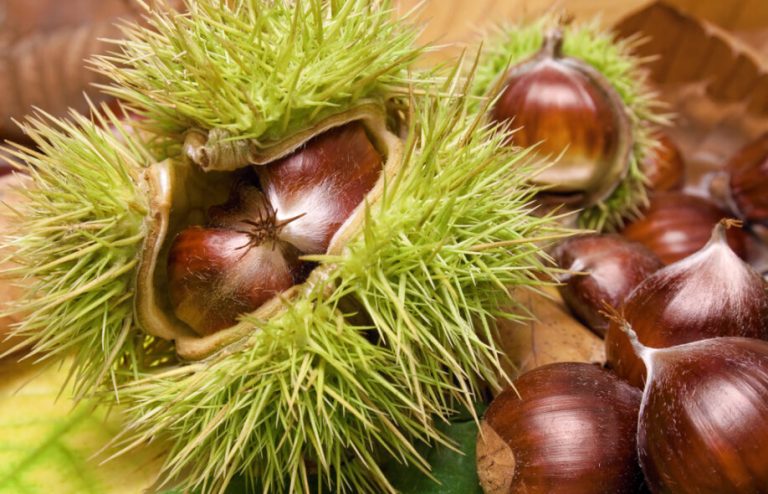Avoiding waste plays an important role, especially with coffee-to-go. What could be more obvious than making the cup edible and thus actively contributing to environmental protection while enjoying coffee.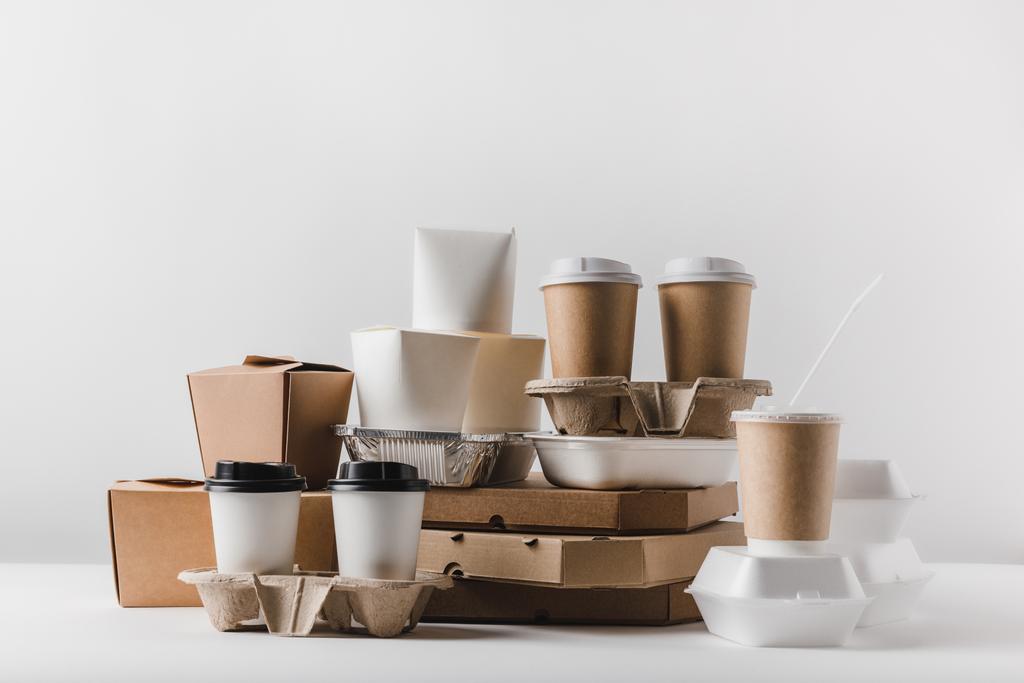
Protect the environment with an edible coffee mug
The coffee-to-go is still booming, after all there is nothing better than enjoying a delicious coffee on the go. Unfortunately, the trend is the cause of a major garbage problem. In Germany alone, 320,000 disposable coffee cups end up in the trash every hour. An immense burden on the environment, after all, most cups are made of environmentally harmful plastic and therefore not degradable. In addition to reusable cups, an innovative idea is causing a sensation on the coffee market: the edible coffee cup. What could be more obvious than serving the coffee-to-go in an edible container?
The edible coffee mug – an innovative idea
The idea of the edible coffee mug is not new. For the first time, the fast food chain “Kentucky Fried Chicken” and the New York café “Bakery” have had the edible cup made on a large scale. No wonder that the trend is now gradually reaching Germany. The cups of both manufacturers are similar in their structure and design. They consist of a biscuit backed with edible paper and baked in a cup shape with a heat-resistant chocolate coating. Like a classic coffee-to-go mug, the edible coffee mug has no handle.
In order for the coffee to be a real pleasure, it is important that the cup does not melt from the coffee or from touching it with your fingers. The perfect edible coffee mug lasts at least 40 minutes and is designed not to spill. It is usually surrounded by a paper label, so that hygienic standards are also observed.
Even tea or hot chocolate can be enjoyed from it. After enjoying the coffee, a small snack awaits you.
Double pleasure?
The question arises as to whether the taste of the edible coffee mug also keeps what it promises. Does what belongs together really come together here: hot coffee and delicious biscuits? In any case, it looks visually appealing. Depending on the variant, chocolate chips are built into the cup. The cup is now also available made from cereal waffles. This mug is made in Bulgaria and claims to be made from 100% organic wheat. The biscuit variant comes in different flavors and smells. To evoke positive memories for the consumer, such as the last vacation or a warm summer day, the cups are flavored in freshly cut grass, wildflower or coconut sunscreen flavors.
Anyone who actually just wants to drink a coffee and wants to do without the edible packaging, don’t worry. Of course, you don’t have to eat the cup. It can also simply be thrown away. Unlike the plastic cup, it decomposed into compost within a few weeks. This means that there is no plastic waste and the environment is not additionally polluted.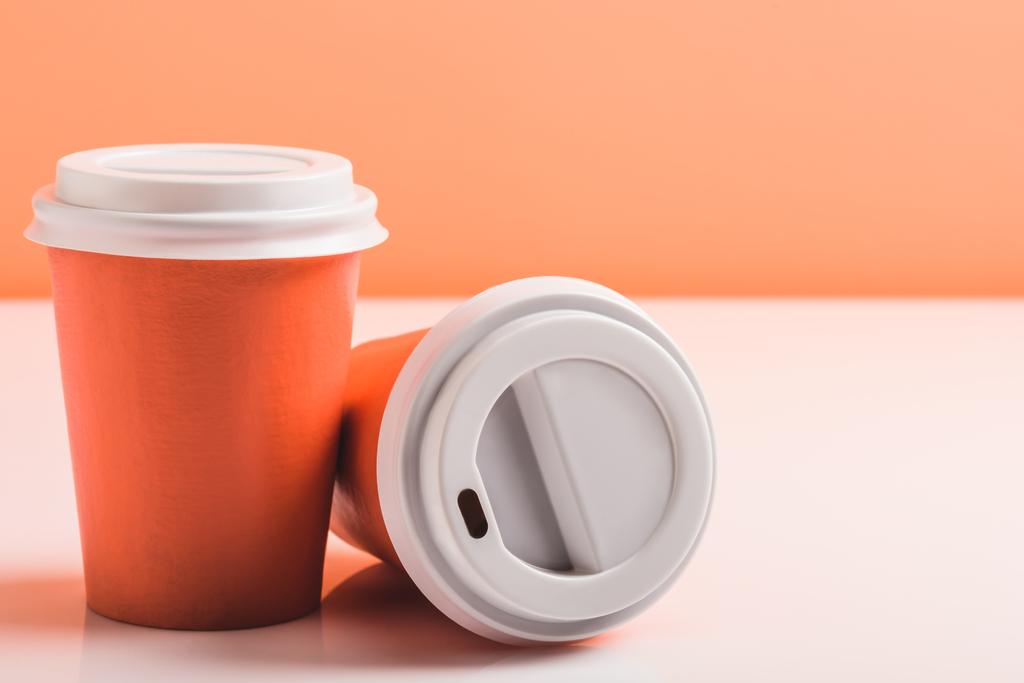
The edible coffee mug – a trend with a future?
The edible coffee mug is not yet a standard. Instead, many providers rely on the reusable reusable cup. It remains to be seen whether the edible coffee mug will prevail. The idea is good and has the potential to revolutionize coffee-to-go, regardless of whether you eat the cup afterwards or simply throw it away.


